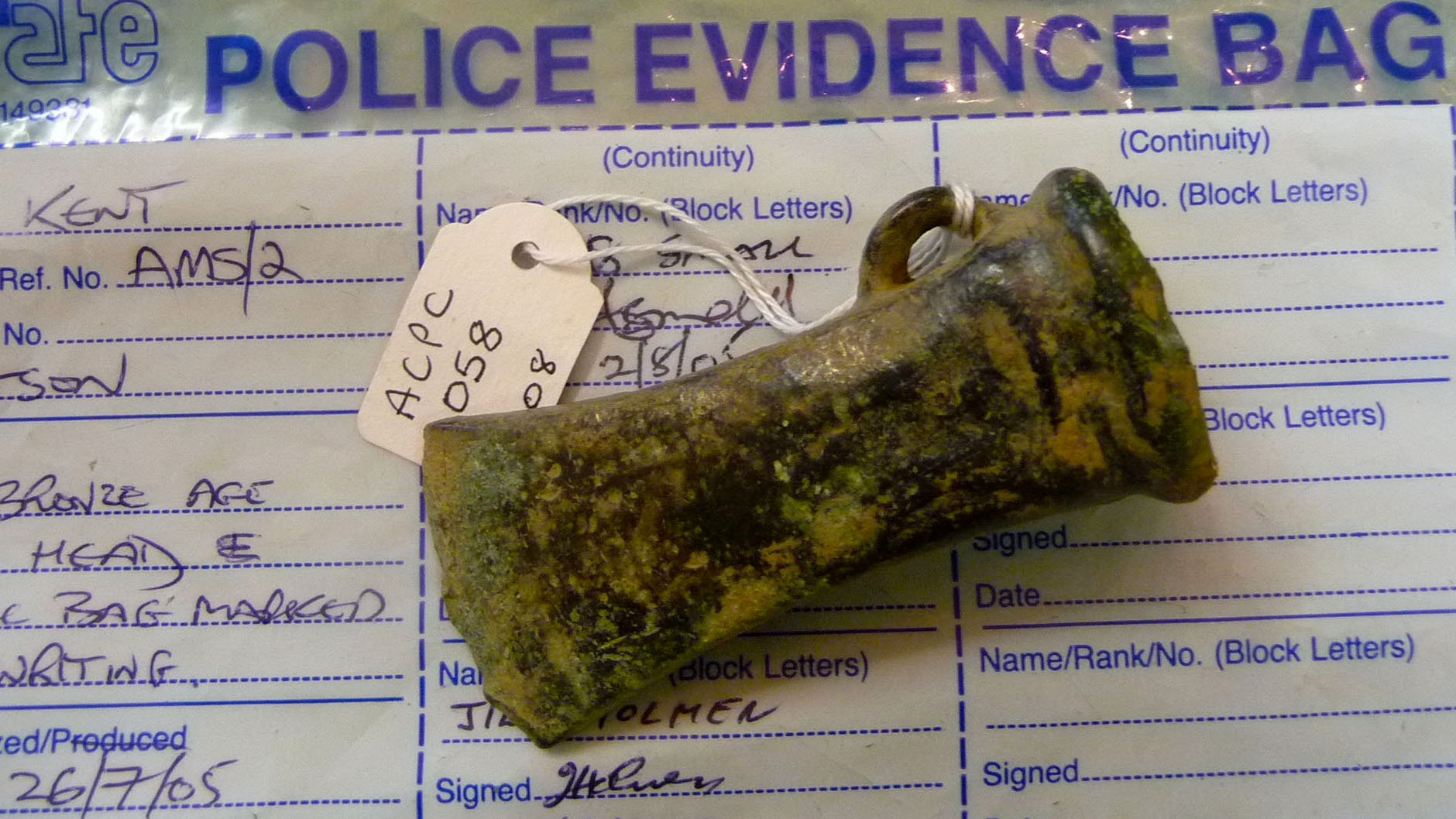Can We Assume Legislative Change Will Reduce Crime?
By Emily Gould, Senior Researcher, Institute of Art and Law
There's nothing better than starting a new year with some good news stories. I was thus heartened, as I set about one of my first tasks of 2018, to remind myself of some of the impressive statistics recorded by the recently published Heritage and Cultural Property Crime National Strategic Assessment 2017 (Heritage Crime NSA 2017).
It reports a 47% fall in metal theft across England and Wales since the introduction of the Scrap Metal Dealers Act 2013, for example. And it describes the increasing breadth and depth of the partnership work to address the issue. However, almost all contributors note significant room for improvement.
Recommendations span a number of areas. One consistent theme which seems to chime louder than all others is that of education, training and awareness-raising. In numerous areas (prevention, enforcement, intelligence, community engagement, for example) many of the key building blocks are in place, to a greater or lesser degree, but the knowledge, understanding and confidence to use them to full effect is still somewhat limited.
This is nowhere more evident than in the sphere of legislation. The past few years have seen important achievements in terms of legislative change and reviews of existing law and policy, but it will take time before this progress is fully reflected at the practical level.
In considering legislative progress, a number of significant examples spring to mind. It is now almost two years since revised sentencing guidelines for theft offences came into force (February 2016). These guidelines oblige the courts of England and Wales to take into account 'damage to heritage assets' in sentencing those convicted of certain theft offences - examples of which would include theft of metal plaques from war memorials or going equipped to steal lead from church roofs. Whilst seemingly a relatively small step in the big scheme of things, the change has wider significance as an official recognition of the special nature of cultural property and the need to implement judicial measures to protect it.
This sentiment was echoed in the Government's recent review of the Scrap Metal Dealers Act 2013 (published December 2017). It recognises the "disproportionate impact that the theft of heritage assets can have on victims and the community" (page 11). It's hoped that the subsequent proposal to further explore recommendations in this regard will be taken forward.
It's exciting to be able to note concrete legislative change as recently as late last year, in the form of the Cultural Property (Armed Conflicts) Act 2017 (in force from 12 December 2017). This act introduces a new criminal offence of dealing in cultural property unlawfully exported from an occupied territory. Though clearly much wider than metal theft per se, it provides a further weapon in the fight against illicit trafficking in precious heritage assets.
As the recent Heritage Crime NSA 2017 makes abundantly clear, however, now is not the time for complacency. Past experience highlights only too clearly that legislative change does not always translate quickly or easily into practical crime reduction. Note the conviction rate of previous laws enacted to protect heritage assets such as the Dealing in Cultural Objects (Offences) Act 2003, which has seen just one conviction in almost 15 years, for example (R v Cooper, 2016). One of the keys has to lie in education and training at all levels: enforcement bodies, the judiciary, the heritage sector and the wider community. It is only by ensuring that all these stakeholders are aware of the tools now available to combat heritage crime that the progress promised by recent developments can be fully realised.
Note: Emily Gould is Senior Researcher at the Institute of Art and Law, an internationally recognised source of knowledge on art and cultural heritage law. Founded in 1995, it provides knowledge and perspective on the law relating to cultural heritage (including art, antiquities, archives, archaeology, architecture, monuments, treasure and much more).
Email: [email protected]
Twitter: @IAL_art_law
Blog: www.ial.uk.com/news/
Share and comment
Responses to this article can be emailed to Sarah Tunnicliffe. You can also share this article on social media using the sharing icons.





